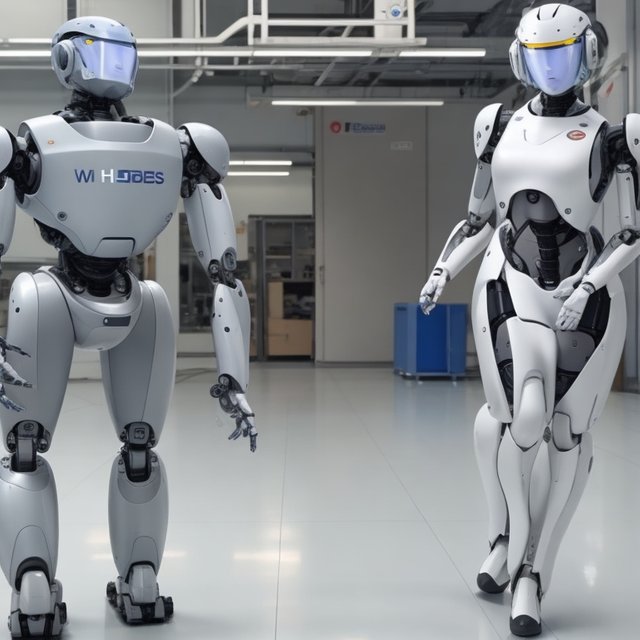Automation's Historical Precedent
"Humans Need Not Apply" drew parallels between the impact of the Industrial Revolution on manual labor and the potential consequences of automation and robotics on intellectual and creative jobs. Just as the advent of machines displaced countless workers in the 18th and 19th centuries, the video suggested that robots could similarly displace workers in various industries, including manufacturing, transportation, and even white-collar professions.
The Rise of Artificial Intelligence
The video emphasized the rapid development of artificial intelligence (AI), highlighting its potential to surpass human capabilities in areas such as problem-solving, pattern recognition, and decision-making. This raised concerns about the potential for AI to automate tasks that were previously considered the exclusive domain of human intelligence, leading to job losses and economic disruption.
Ethical Considerations and Societal Impacts
Beyond the economic implications, "Humans Need Not Apply" also raised ethical concerns about the increasing reliance on robots in society. The video questioned the potential impact on human autonomy, decision-making, and creativity, suggesting that overdependence on machines could diminish our ability to think critically and independently.
A Call to Action for Adaptation and Preparation
"Humans Need Not Apply" served as a wake-up call, urging society to proactively address the challenges and opportunities presented by the rapid advancement of robotics and AI. The video advocated for education and training programs to equip workers with the skills necessary to adapt to a changing job market, as well as policies to support those who may be displaced by automation.
The Ongoing Debate and Evolving Landscape
The debate sparked by "Humans Need Not Apply" continues to this day, as the field of robotics continues to evolve at an unprecedented pace. While the video's predictions may not unfold exactly as envisioned, it undoubtedly served as a catalyst for important conversations about the future of work, technology, and society.
The potential impact of robotics and AI on the future of employment remains a subject of ongoing research and debate. While some experts believe that automation will lead to widespread job losses, others argue that it will create new opportunities and transform existing jobs. The key lies in anticipating these changes and preparing for them accordingly.
Conclusion
"Humans Need Not Apply" stands as a thought-provoking exploration of the potential impact of robotics and AI on our future. While the video's predictions may not all come to pass, it serves as a valuable reminder of the importance of proactively addressing the ethical, economic, and societal implications of technological advancement. As we continue to navigate this rapidly evolving landscape, it is crucial to engage in open dialogue, foster collaboration, and prioritize policies that promote responsible technological development, ensuring that the future of work benefits all of humanity.
